Milan, from Boccanera Gallery a group exhibition on matter and creation
From January 26 to March 11, 2023, in Milan, Boccanera Gallery presents If the Landscape is Symbolic, a group exhibition conceived by artist Linda Carrara, who has been collaborating with the same gallery for years. The exhibition project aims to propose a choral vision as opposed to the individual artistic act of personal expression. Linda Carrara has therefore decided to open her solo show to dialogue with other artists, whom she considers akin to her poetic research, as well as to her way of working, acting and thinking. The exhibition If the Landscape is Symbolic showcases works by Giuseppe Adamo, Lorenzo di Lucido, Silvia Giordani, Vera Portatadino and Fabio Roncato alongside works by Linda Carrara.
The exhibition addresses the themes of matter, in universal and artistic terms, and creation, both within natural elements and human actions. The exhibition aims to investigate the transformation of matter in an almost alchemical process of art making, harnessing and collaborating with the very essence of Nature to give life to something else, creating a threshold to the beyond and to what is below the surface of the visible. In the exhibition If the Landscape is Symbolic, the landscape representation transforms, sediments and changes following the natural laws of erosion and randomness, shaping itself according to the principles of geology and natural events.
Linda Carrara (Bergamo, 1984) proposes a metalinguistic research on painting technique, investigating nature as a generating source and inspiration for her still lifes and landscape vision. His most recent work aims at the essentiality of painting in which the abandonment of classical figuration is now evident, yet remaining in that yet-to-be-defined limbo between two realities. His works seem to model pictorial matter rather than paint it, to evoke almost primordial visions and experiences. With frottage, a technique used by the artist mainly with oil on canvas, Carrara creates an allusion of places, worlds and subjects, without providing a visual landscape representation but stealing forms directly from the landscape, thus making us lose ourselves in the matter of nature and painting itself.
Giuseppe Adamo (Alcamo - Trapani, 1982), represented by RizzutoGallery, offers works characterized by a pictorial language free from narrative needs, moving along the ridge between figuration and abstraction. His works are smooth and polished surfaces, totally devoid of material thickness, from which emerge three-dimensional forms obtained through very fluid painting, superimpositions, transparencies and tonal variations. The work seems to be both a microscopic exploration and a bird’s-eye perspective, a recording of geographical maps: the ultra-flat image is overturned into an almost rocky density, the monochrome material clings to the possibility of a closed pattern, a form stranded in the pictorial texture between the archeology of nature and a hallucination, proposing perceptual deceptions.
Lorenzo di Lucido (Penne - Pesaro, 1983) in recent years has developed a cycle of works that reason on the fundamental basis of looking at images, in which the pivotal elements are light and surface. Pictorial images, the moment they appear on the painted surface, have reached a certain degree of tension. Painting in this way can also consist only of marks that are juxtaposed on top of one another seamlessly, until a degree of tension is reached that is suitable for creating a pictorial quality sufficient to obtain a painted image. His oil paintings are composed of layers that expand over time, using different shades of greens to achieve a color that at the same time can absorb and repel light. These are works designed exclusively for the capabilities of the human eye as well as tactile, in which photographic reproduction is rejected, often questioning it.
Silvia Giordani (Vicenza, 1992) focuses her attention on the concept of landscape and its alteration by means of pictorial practice. The elements that populate her paintings are the result of the reworking of objects collected within a virtual archive. Reshuffled to the point of defining a new nature, the forms are here placed in open and suspended places, created by means of flat or gradient backgrounds, which cancel the specificity of the place. Giordani’s research focuses on the very definition of forms and their complementary relationship with space.
Vera Portatadino (Varese, 1984) situates her painting practice in the realm of anti-narrative, in which the concepts of figuration and abstraction turn out to be ineffective categories: her works evoke instead of illustrate, suggest instead of explain, letting the grammar of painting itself become the object of study. Animated by a philosophical approach and a contemplative gaze, Portatadino works on canvases and wooden boards, constructing textures and patterns on which specific elements are crystallized. His works raise questions about the relationship between man, time and nature from an ecological perspective, and his theoretical research is characterized by the concepts of beauty, pleasure, transience and an obsession with the marginal.
Fabio Roncato (Rimini, 1982) develops a reflection related to the boundaries of visual representation, investigating forms, elements, energies of nature and contemporaneity. His goal is to lead artistic practice within the criticalities related to the relationship between the understanding of reality and the limits imposed by sense perception. The work is thus shaped spontaneously, in a way that is unpredictable each time. Within his artistic practice, imagination plays a decisive role.
For all information you can visit the Boccanera Gallery website.

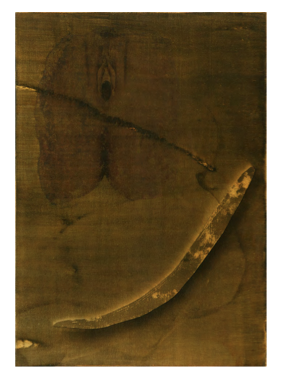
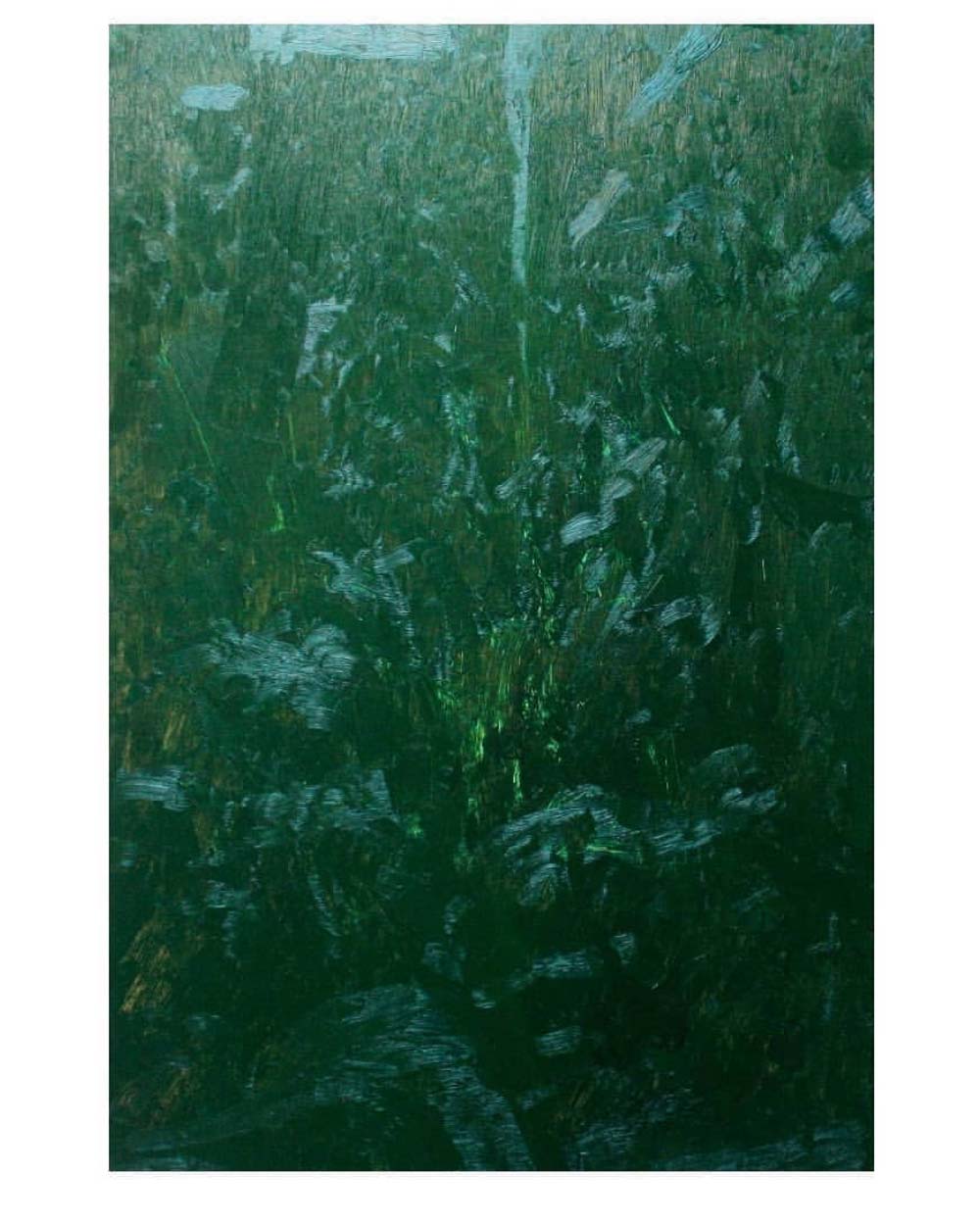
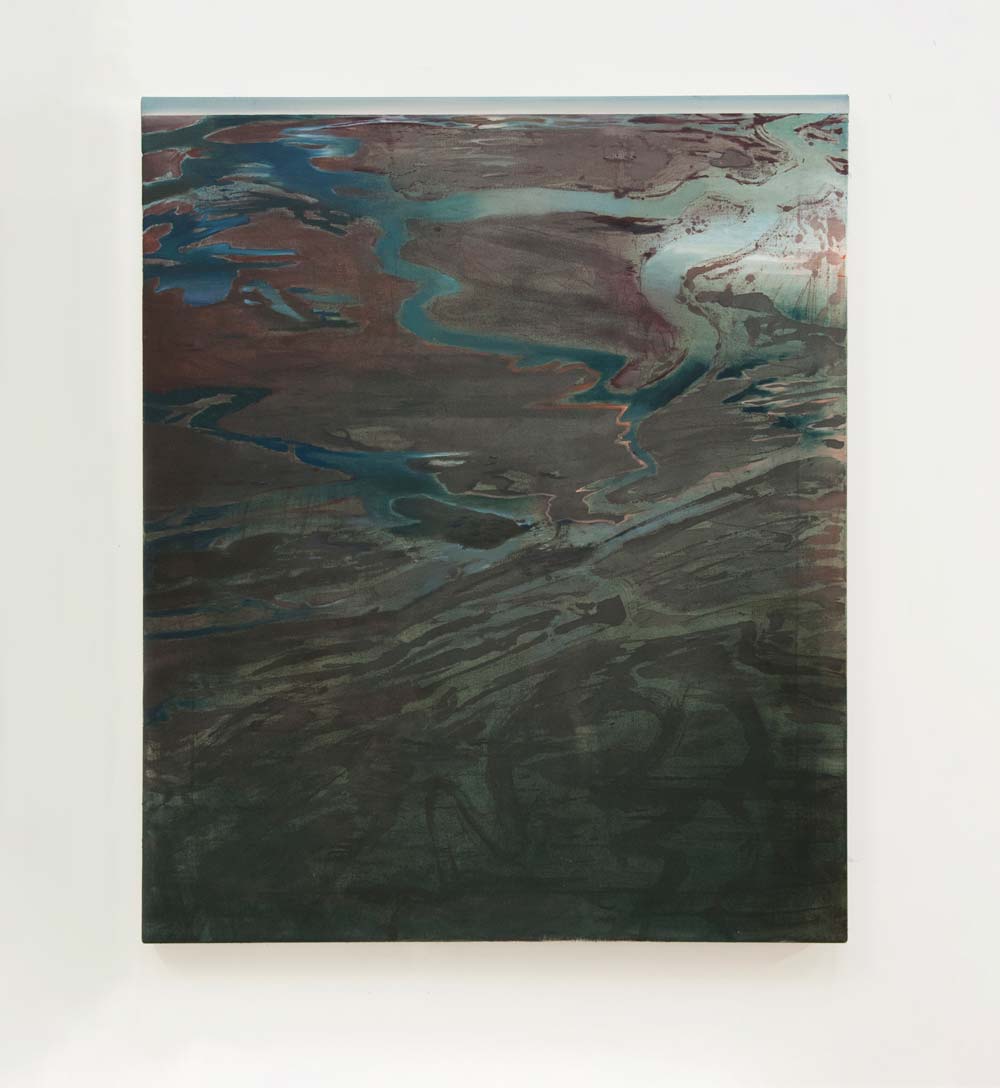
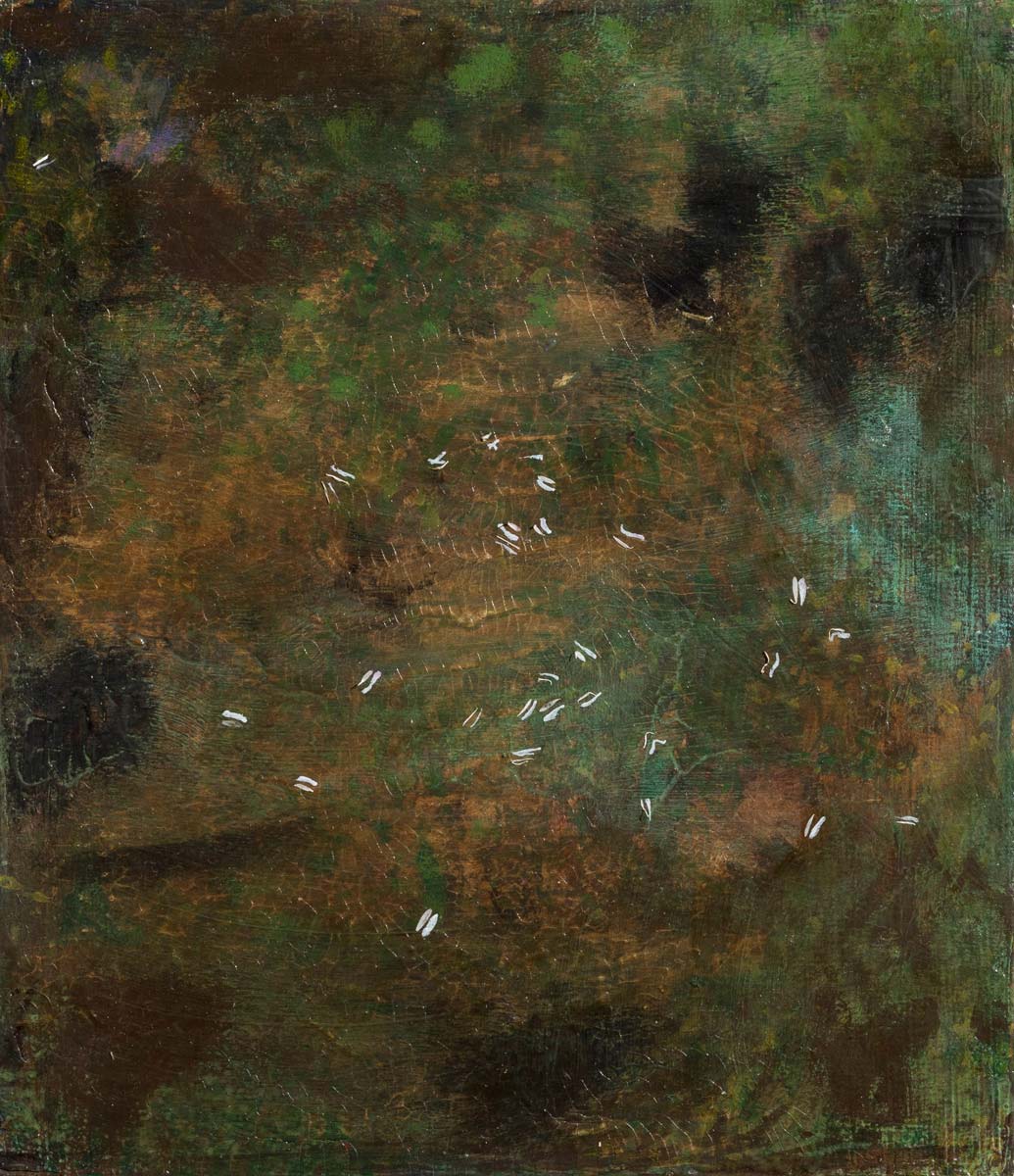

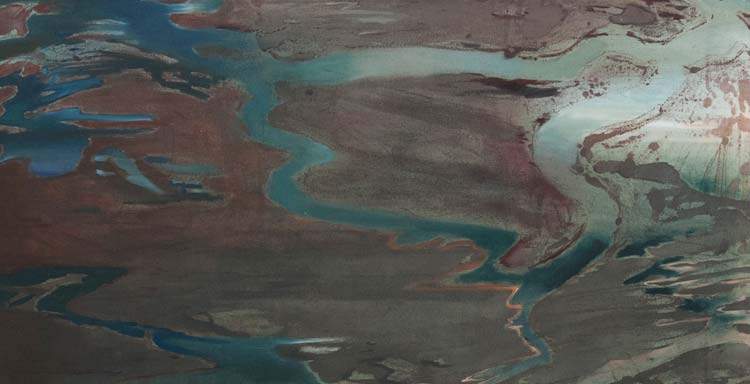 |
| Milan, from Boccanera Gallery a group exhibition on matter and creation |
Warning: the translation into English of the original Italian article was created using automatic tools. We undertake to review all articles, but we do not guarantee the total absence of inaccuracies in the translation due to the program. You can find the original by clicking on the ITA button. If you find any mistake,please contact us.





























